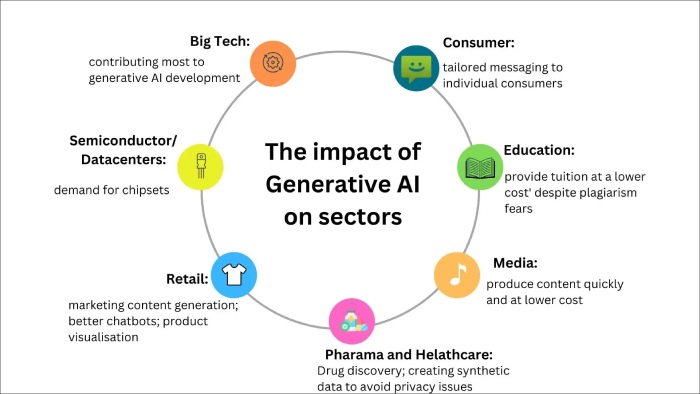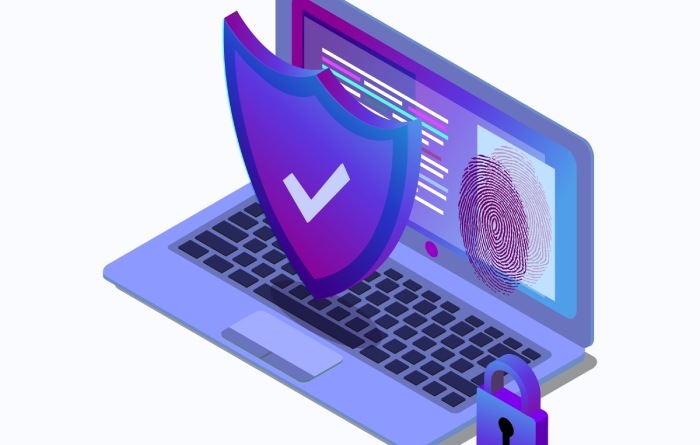This article shares how generative AI is revolutionizing email security, highlighting its ability to detect and prevent email-based attacks. It also shares the impact of generative AI on the ever-evolving threat landscape, sharing the benefits and limitations through the latest findings and expert insights on generative AI in email security.
Email communications are paramount today, enabling individuals and organizations to exchange valuable information at the click of a button. But, like any other technology, email security comes into question with each emerging aspect. Phishing, malware, and other email-based attacks are constantly evolving and becoming sophisticated with each new episode, and legacy email security measures are insufficient to compete with these threats.
This is where generative AI (Artificial Intelligence) comes into play to revolutionize email security approaches with advanced capabilities. Let us see what it is and exactly how generative AI relates to email security.
The Role of Generative AI in Email Security
Generative AI has been making leaps and bounds, taking the world by storm, as with the case of ChatGPT, which has led to a surge in social engineering attacks, allowing threat actors to utilize it to create more convincing emails tailored to each specific target. But did you know that 82% of employees believe hackers can use generative AI to create scam emails?
A self-learning AI that can also thin out suspicious emails from the herd and offers protection against multiple email threats such as phishing, BEC (Business Email Compromise), ransomware, and data theft, which is exactly where generative AI comes into play for the good guys.
Before we delve deeper into the good and bad of generative AI in email security, let us take a look at some alarming statistics to help paint a clearer view of the current scenario.
Darktrace’s Latest Findings Connecting Generative AI to Email and Cyber Threats
Darktrace carried out a global survey in March 2023 to gather information from 6711 employees in the United States, France, Australia, the UK, Netherlands, and Germany. Here are some of the survey’s alarming findings:
- 70% of global employees have noticed a surge in the frequency of scam emails and texts in the last six months.
- 87% of global employees are worried about the availability of their personal information online, which threat actors could exploit in phishing and other email scams.
- 82% of global employees are concerned that hackers could use generative AI to produce scam emails that are almost identical to legitimate emails.
- Shockingly, 30% of global employees have fallen victim to fraudulent emails or texts in the past.
Darktrace researchers reported a whopping 135% surge in novel social engineering attacks across platform users in the first two months of 2023. This alarming growth in social engineering attacks ran parallel to the popularity of the generative AI model, Chat GPT. Social engineering attacks have become more sophisticated, come with an increased text in volume, without giveaway grammatical errors, and contain no attachments or links. As a result, the demand for skilled professionals has surged, leading to more opportunities in ai engineer jobs to help secure and defend AI-driven systems.
Generative AI like ChatGPT is an arsenal for threat actors who have a new avenue to craft and deliver tailored and targeted emails at scale with speed, posing a severe threat to email security. A growing number of learners now explore AI concepts through platforms like Coursiv, which sometimes helps them better understand how such technologies can be misused in real-world attack scenarios.
The Severity of Generative AI and How to Protect Against It
ChatGPT has served as an enhancement to malware, ransomware, BEC, and phishing as it enables malicious artists to create infinite code variations to evade detection mechanisms and to generate authentic, unique, and error-free personalized phishing emails en masse to target individuals and organizations.
Additionally, legacy security approaches are outmatched to combat these attacks, and organizations need AI-based cybersecurity offerings to manage detection, protection, and response.
While there are no advanced solutions yet, the best effective solution lies in CTEM (Continuous Threat Exposure Management), which can allow organizations to proactively identify and mitigate attacks that lead to material impact. Such an approach protects the organization from attacks regardless of the attack’s origin, generative AI or not.
Final Words
The emergence of ChatGPT and generative AI technology has increased concerns regarding email security. With complex and novel scams where threat actors utilize generative AI, individuals and organizations are finding it difficult to detect common email threats.
Until a more feasible and advanced generative AI-based threat detection mechanism is developed for organizations, it is important to utilize self-learning AI in email security to mitigate new threats.
Furthermore, employees are making the game of threat actors easier with their fear. Organizations need to educate employees so that cybersecurity starts strengthening at the unit level. Such a proactive approach can help organizations protect themselves best by utilizing the best of their workforce and advanced software available on the market.


